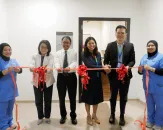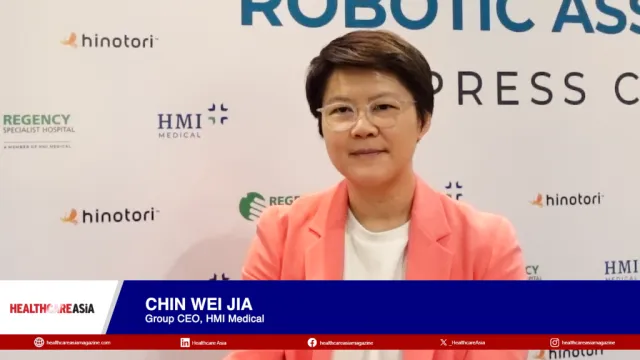
Southeast Asian countries plagued with ‘affluence diseases’
And yes, this is a major challenge.
With a compound annual growth rate of 1.2%, changes in population demographics and disease profiles, the pressure to deliver has never been more apparent. "The total population in south east Asia is estimated to grow from 612 million in 2013 to 657 million in 2019... This is expected to drive the demand for healthcare services and put enormous pressure on healthcare spending in the region,” explains Natasha Gulati of Frost & Sullivan, Asia Pacific.
Gulati says that with the elderly being at a higher risk of suffering from chronic diseases and disability, an ageing population is expected to cause a surge in medical costs and healthcare services in the region.
She adds that the total value of healthcare expenditure in south east Asia could reach US$150 billion by 2016 with both a rise in private spending from the growing middle class as well as public government initiatives to improve access to healthcare services in the region. "With support from respective governments, emerging policies are not at all aimed to be a chokehold to innovation; rather the goal is to set world-class standards that encourage R&D investment, innovation and development of quality products that meet regional and local needs," she says.
One such innovation is mobile healthcare. "Mobile healthcare solutions are being deployed more rapidly in emerging markets than in developed economies. In the emerging markets, patient awareness and expectations of mHealth are, on average, far higher than in developed countries," says David McKeering of PricewaterhouseCoopers South East Asia.
Gulati says the use of mHealth in the region is less from a diagnosis and day-to-day management, but more from a patient monitoring perspective, so most of the programs are telehealth and remote monitoring based. "Developing countries are expected to grow at rate even faster than that of the developed countries. The healthcare cost and healthcare access and delivery are major concerns in these markets; mHealth will be primarily used at part of telemedicine to bring care out of the hospital settings at a lower cost," she says.



















 Advertise
Advertise






